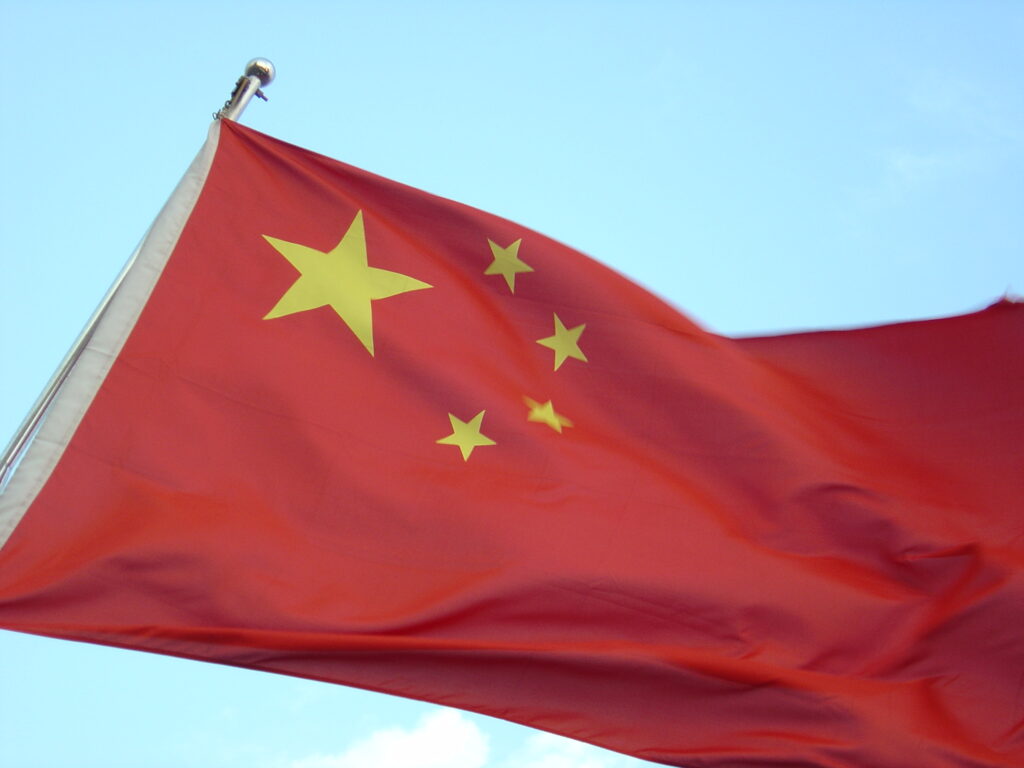How to Localize
Brand Content
for China
6 mins read

Table of Contents
Expanding your brand into the Chinese market offers exciting opportunities and at the same time presents unique challenges. China is one of the most dynamic and diverse consumer bases in the world with more than 1.4 billion population. However, the key to capture the hearts of Chinese consumers lies far beyond simple translation. It requires deep localization of your content to align with their cultural, linguistic, and regional distinctions.
In this article, we’ll explore how to effectively localize your brand content for China, focusing on digital marketing, e-commerce strategies, and communication techniques that resonate with Chinese consumers. Even though you are an established global brand or a newcomer, one of the things you can do is to partner with a marketing agency in China that can help you navigate the complexities of China’s digital market and make sure that your brand makes a significant impact.
Why Content Localization Matters in China
You need to understand that localization is more than just translating words into Mandarin. It’s about adapting your entire brand message to fit the cultural context of your target audience. Research shows that more than 52% of consumers prefer to shop on websites in their native language, which makes content localization a powerful tool for building trust and driving sales.
In China, where consumer behavior is shaped by distinctive cultural values, local customs, and unique digital ecosystems, localized content is important for standing out in a crowded marketplace. Brands that succeed in China go beyond language, they usually immerse themselves in the local culture, preferences, and digital trends. This is where a branding agency in China can make a major difference as they can make sure that your message aligns perfectly with the local audience.
Understanding the Chinese Digital Landscape
Before discussing further about content localization, it’s important to understand the digital ecosystem in China, which differs considerably from Western markets. Unlike the U.S. or Europe, where platforms like Google, Facebook, and Amazon dominate, China has its own set of homegrown digital giants.
Search Engines
Baidu is the leading search engine in China, and understanding how to optimize content for its algorithms is essential for visibility.
Social Media
Platforms like WeChat, Weibo, and Douyin e-commerce are central to social engagement and brand promotion.
E-commerce Platforms
Alibaba’s Tmall and JD.com are major players in the Chinese e-commerce scene, offering unique advertising and marketing opportunities.
Understanding the nuances of these platforms is important to localize your marketing content effectively. A social media agency in China can guide you on how to create engaging content tailored to these platforms’ specific audiences.
Key Strategies for Localizing Brand Content in China
Conduct In-Depth Market Research
Effective localization begins with an in-depth market research. Before entering the Chinese market, it’s important to understand local competitors, consumer preferences, and digital trends. This involves both qualitative and quantitative research methods:
- Competitor Analysis: You need to examine how local and international brands communicate with Chinese consumers. You also need to identify gaps in their strategies that your brand can leverage.
- Consumer Insights: You need to develop customer personas based on detailed demographic and psychographic data. This helps in understanding what resonates with different segments, from urban Gen Z consumers to rural families.
- Surveys and Focus Groups: You need to engage directly with potential customers to gain firsthand insights into their needs and preferences.
The Chinese market is incredibly diverse and strategies that work in one region may not be effective in another. Tailoring your approach based on specific market segments will considerably enhance your brand’s relevance in e-commerce China.
Go Beyond Translation
Simply translating your content into Mandarin is not enough. Successful brands in China adapt their messaging to fit local cultural norms and preferences.
- Cultural Sensitivity: You need to make sure that your content respects Chinese traditions, holidays, and values. Avoid symbols or language that could be misinterpreted.
- Localized Imagery and References: You need to use visuals and references that align with Chinese culture. For example, Nike tailors its content based on regional preferences—highlighting basketball in the U.S. and football in Argentina.
McDonald’s provides a prime example of cultural adaptation by introducing menu items like the Mac Maharajah in India to cater to local tastes. Similarly, adjusting your product offerings and marketing messages for the Chinese audience can significantly boost your brand’s appeal. A creative agency in China can assist you to develop culturally resonant campaigns that connect with local audiences.
Optimize for Baidu and Local Search Engines
Baidu dominates the search engine market in China, thus making it crucial to optimize your content for its unique algorithms. Unlike Google, Baidu’s search algorithms prioritize different factors and understanding these can give your brand a competitive edge.
- Keyword Research in Mandarin: You need to identify relevant keywords that resonate with your Chinese audience. Focus on both high-traffic keywords and long-tail keywords that target specific niches.
- Content Structure: You need to organize your website with a clear hierarchy that aligns with Baidu’s indexing system. This includes creating a structured tree diagram for your pages, using main keywords and their variations strategically.
Additionally, platforms like WeChat and Weibo have their own search functionalities, and optimizing your content for these platforms will further increase your brand’s visibility. Tapping into the power of China search engines is important to maintain a strong digital presence.
Leverage Local Digital Platforms for Engagement
Engaging with Chinese consumers requires a strong presence on the platforms they use daily. Social media and news aggregators play an important role in how brands connect with audiences in China.
- WeChat: WeChat offers mini-programs, payment systems, and marketing tools that allow brands to create immersive customer experiences.
- Weibo: As one of China’s most influential social networks, Weibo provides opportunities for brands to engage through trending topics, influencer collaborations, and paid promotions.
- Toutiao and Tencent News: These news aggregators offer targeted advertising opportunities and allow brands to integrate into newsworthy content, increasing their reach and credibility.
By using these platforms, your brand can build a strong digital presence that resonates with the Chinese consumers.
Monitor and Refine Your Localization Strategy
Localization is an ongoing process that requires constant monitoring and adjustment. Once your content is live, it is important to track the performance metrics and gather feedback to refine your strategy.
- Data Analysis: You can use tools like KAWO to analyze engagement rates, click-through rates, and conversion metrics. This data will help you understand what content resonates with your audience and where adjustments are needed.
- Flexible Strategies: You need to be prepared to adapt your approach based on consumer behavior and feedback. In the fast-paced Chinese market, staying agile and responsive is important to sustained success.
Regularly reviewing your marketing campaigns and making data-driven decisions will make sure that your localization efforts remain effective and relevant. Whether it’s fine-tuning your approach to cross-border e-commerce in China or adjusting your social media strategy, continuous improvement is important for long-term success.
Examples of Successful Brand Localization in China
Several global brands have successfully localized their content to thrive in the Chinese market. Here are some of the examples:
ASOS
This online fashion retailer not only translates its website but also offers localized payment options and multiple currency choices, enhancing the shopping experience for Chinese customers.
Nike
By highlighting popular sports like basketball in some regions and football in others, Nike aligns its brand with local passions and values.
Conclusion
Localizing brand content for China is a multifaceted process that goes beyond simple translation. It involves deep cultural adaptation, strategic use of local digital platforms, and ongoing refinement based on consumer feedback and data analysis. By understanding the unique dynamics of the Chinese market and tailoring your content accordingly, your brand can successfully connect with Chinese consumers and achieve long-term growth.
Whether you’re an established brand or just entering the market, adopting these localization strategies—and collaborating with a reputable marketing agency in China— will help your business succeed in China’s fast-growing market.
